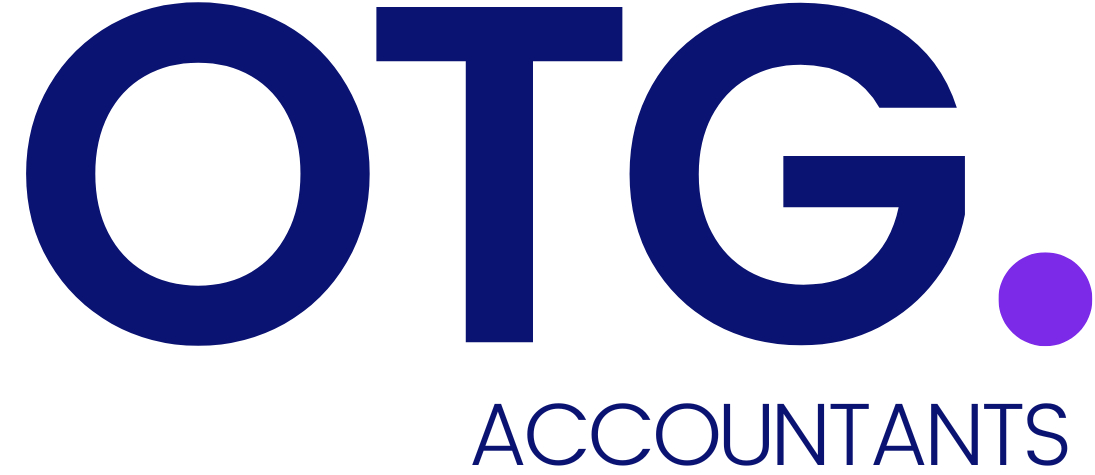Personal Allowance
Galexia Digital • October 21, 2019
As standard, every individual receives a Personal Allowance – this year the Personal Allowance is £12,500 and is the amount of income you do not have to pay tax on.
You may receive more if you claim certain allowances but you may actually receive less if your income exceeds £100k. In this case your Personal Allowance will be reduced by £1 for every £2 you receive over £100,000.
Income Tax
| Tax Band | Tax rate | Taxable income |
|---|---|---|
| Personal Allowance | 0% | Up to £12,500 |
| Basic rate | 20% | £12,501 to £50,000 |
| Higher rate | 40% | £50,001 to £150,000 |
| Additional rate | 45% | over £150,000 |
Dividend Tax
This tax year each individual receives a Dividend Allowance of £2,000 so you will only pay tax on dividends you receive over this amount.
| Tax Band | Tax rate |
|---|---|
| Basic rate | 7.5% |
| Higher rate | 32.5% |
| Additional rate | 38.1% |
Please be aware, if you receive in excess of £10,000 in dividends you will need to submit a Self Assessment Personal Tax return.
If you’re unsure if you need to complete a return, click here
to see our blog on whether this may apply to you:
For more rates and tax bands click here
to visit HMRC’s income tax webpage.

In the realm of employee share schemes, understanding the tax implications is crucial for both employers and employees. One significant aspect to consider is the Section 431 election, a provision under the UK's Income Tax (Earnings and Pensions) Act 2003. This election plays a pivotal role in determining how employment-related securities, particularly restricted shares, are taxed.

In today's rapidly evolving business environment, intangible assets have become central to a company's value and growth potential. Traditional accounting standards, however, have struggled to keep pace with the diverse and complex nature of these assets. Recognising this gap, the International Accounting Standards Board (IASB) and the UK Endorsement Board (UKEB) are embarking on a comprehensive review of IAS 38: Intangible Assets, a standard that has remained largely unchanged for over 26 years.



